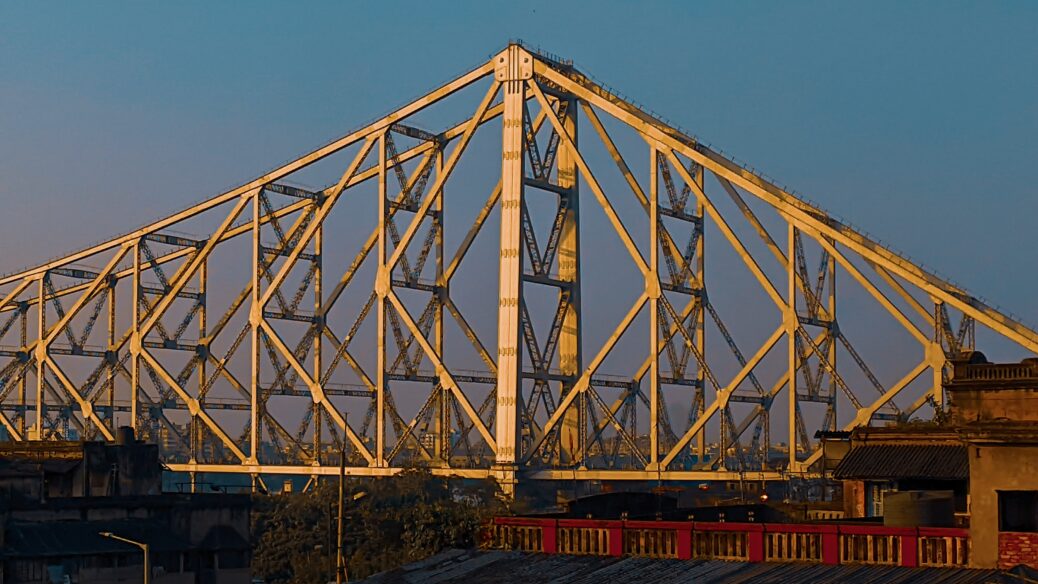There are thousands of steel types available in the field of metal production and processing. Every steel is basically consisting of carbon and iron. Different variations of steel are obtained by further addition of other alloying ingredients and carbon. World Steel Association indicates that today, there exist 3,500 steel types used in different areas of application. Therefore, there are limitless possibilities for steel to be benefited in many industries thanks to its versatile nature.
Physical, chemical and most importantly, mechanical properties of steel depend on the chemical content and the microstructure. For instance, Sulphur, manganese, phosphorus and their relative ratios can have a huge impact on the mechanical behavior of steel. Additions of such elements are decided according to the application requirements. The alloying combinations are designated and standardized as grades. It makes it easier to decide on the right type and grade of steel for a specific application.
Among thousands of steel types, steel can be classified into four, each of them having different characteristics suitable for different purposes.
Definition and Explanation of Four Steel Types
- Stainless Steels – As the most commonly known steel types, stainless steels contain chromium as the main alloying ingredient between 10% to 20% in weight. Chromium introduces corrosion resistance to steel. Also, it makes the steel easily shaped to be benefited in various applications. Usage areas involve biomedical, industrial, construction, architectural purposes, tools and utensil production, house appliances, exterior siding of commercial buildings and houses. It can be produced as sheet metal; thus it resides as an excellent option for many purposes.
- Carbon Steels – This type of steel is called carbon even though it is obvious that every steel must contain carbon. The reason is that the amount of other alloying elements inside this type of steel are low enough to be negligible. Carbon makes the steel quite hard and strong, so this steel type is mainly used in cutting tools, knives, wires, springs, etc. In older times, swords were made by using carbon steel. It is also subdivided into several categories (low carbon, medium carbon, and high carbon steel). Roughly 90% of steel production is covered by the production of carbon steel.
- Alloy Steels – On the contrary to carbon steels, alloy steel is the type of steel having a considerable amount and variety of alloying elements such as manganese, silicon, copper, etc. Extreme hardness and toughness levels can be achieved by introducing these elements into the iron-carbon matrix. Therefore, alloy steels are distinguished by high wear resistance, toughness, and corrosion resistance. These properties can be further improved by heat treatment processes. It is generally used as a structural component in bridges, vehicles, ships, and other large-scale products.
- Tool Steels – The addition of certain elements having a high melting point such as vanadium, cobalt, molybdenum, and tungsten makes the steel heat resistant and durable. Tool steels, as it can be understood from its name, are designed to be used in machinery for machining, cutting, drilling applications.
Would you like to learn more about steels ?
Check out our other blog post about them: https://yenaengineering.nl/general-information-about-steel-fabrication-and-design/


